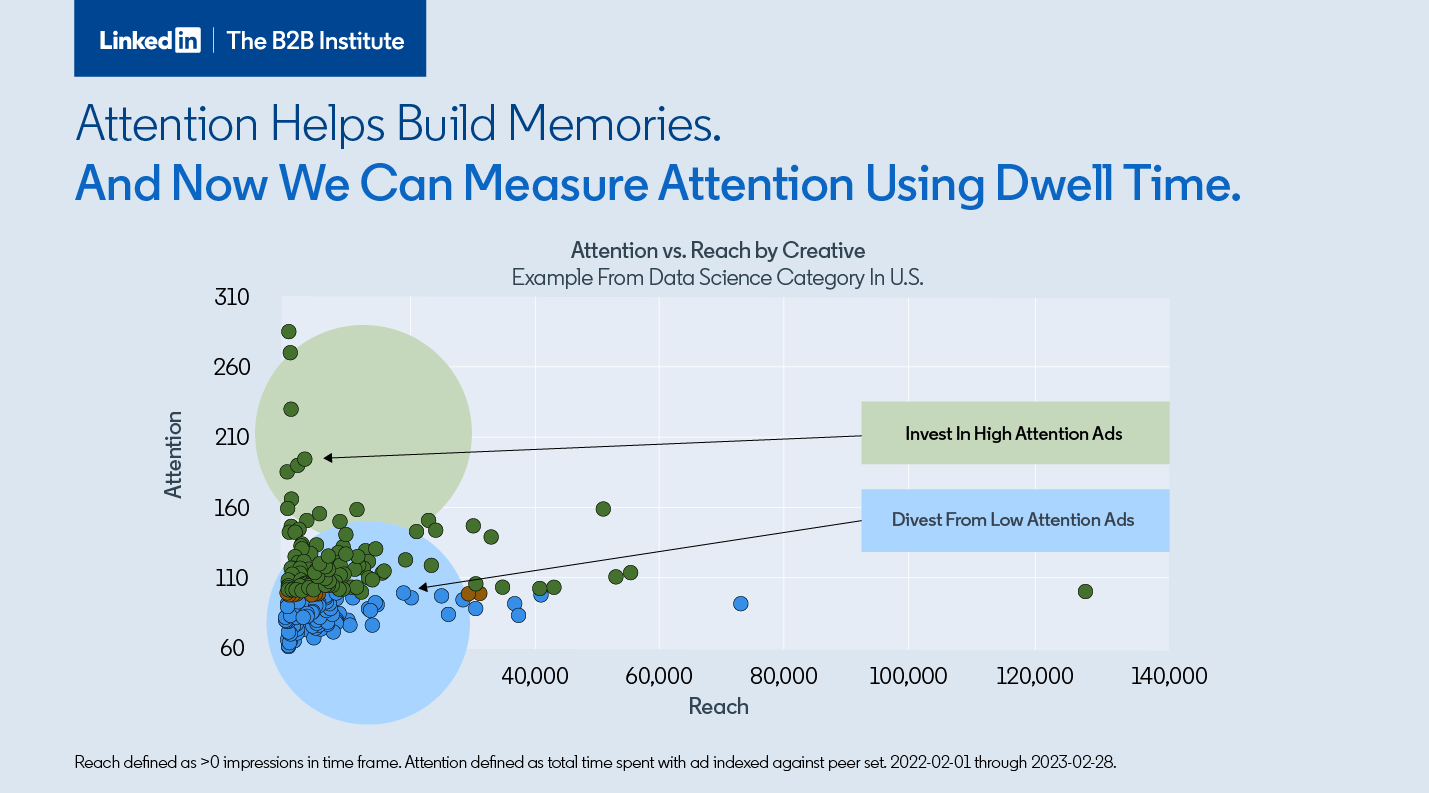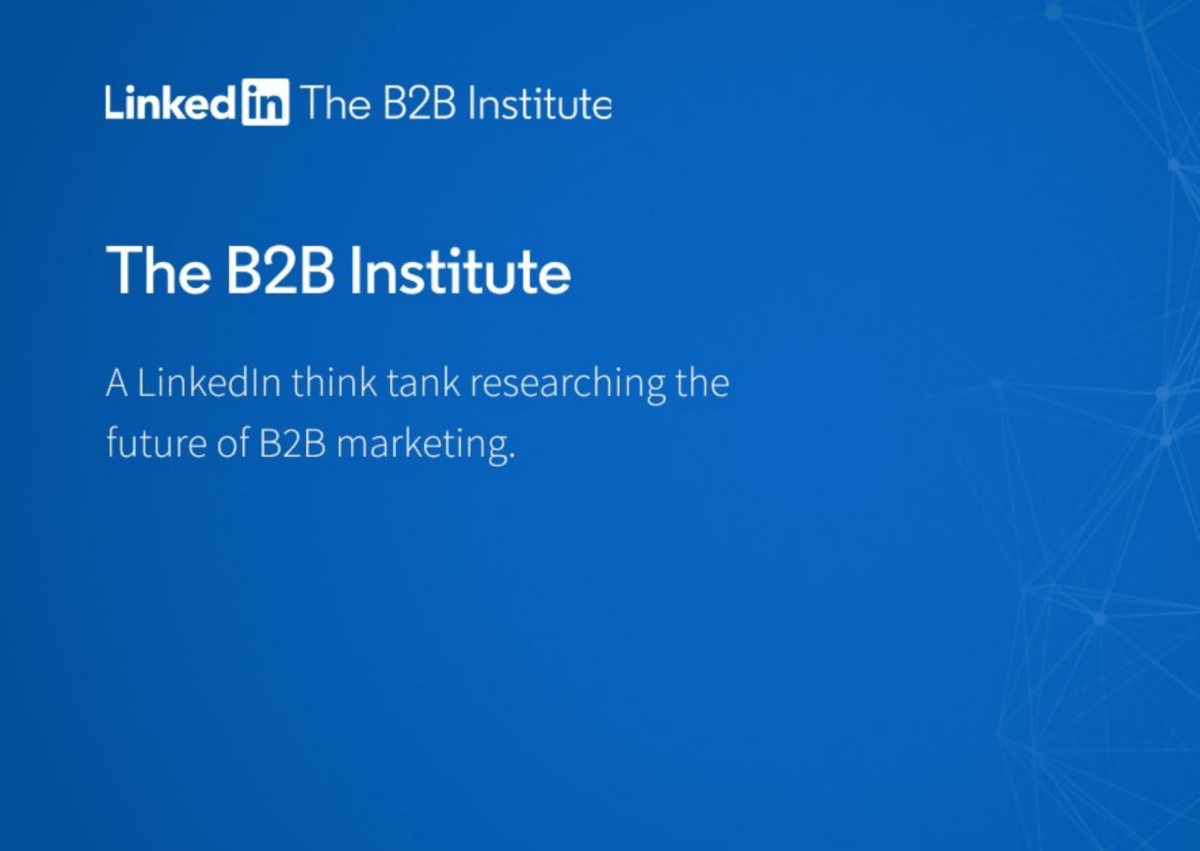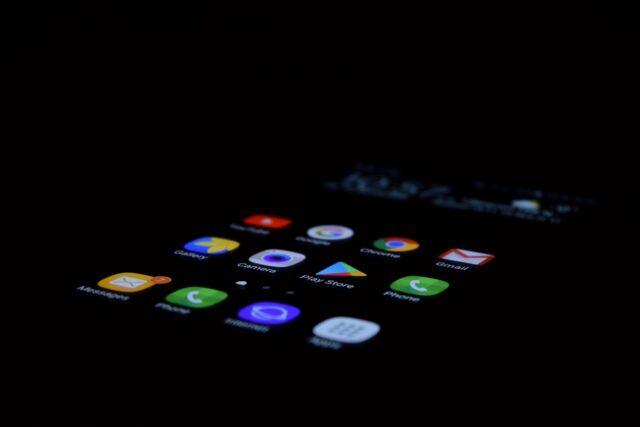LinkedIn and the B2B Institute held their B2B Trends update on the key things to look out for in 2025. As an agency partner, Hallam were lucky enough to be invited along to this, and here are our insights.
A key theme of the update was the aim to challenge behaviours that we see in B2B, and to empower brands to provide a commercial advantage in the category at the moment.
Alex Jackson, our Paid Media Lead attended and has summarised the most important takeaways for you below;
The first impression rose
Perhaps more familiar to those of you that watch trash TV – specifically The Bachelor. The key focus here is around ensuring that you leave a strong impression early on in the buying cycle as opposed to waiting until the last minute to make a move.
Whilst I’m not one for reality TV, the same can definitely be said of ensuring you have your potential customers attention, and doing it as early as you possibly can.
With a staggering 86% of B2B buyers starting their buying process from their Day One List (a pre-existing list of brand that are already in the buyers’ mind), there is no room for chance. Especially given that the average buyer only has an average of three brands on their Day One List.
Surprisingly, if you aren’t on that Day One list, you have a mere 8% chance of selling your product to a buyer, with 92% purchasing from that original list.
So yes, you might not be watching reality TV, but you need to make sure you grab the attention of your potential buyers well before they even begin looking to start the buying process, or chances are, you’ve already missed out on the sale.
A lot of brands are scared of using bold creative, assuming that it is risky. But when there has never been a greater reason to remain memorable from the very first impression, there has also never been a greater reason to have attentive, branded ads.

Sea of sameness
As humans, our attention typically is drawn to that which stands out. The “Van Restorff Effect”, also known as the isolation effect is a psychological theory that suggests that if something stands out from the crowd, it is more likely to be noticed.
Now take B2B ads.
They’re all blue and white.
Literally, if you look at the market leaders in almost any B2B focused vertical, you’ll likely see some, if not most of the brands are using very similar colour palettes. If you don’t believe me, go and have a look at the LinkedIn Ads Library and check it out for yourself.
The assumption may be that having similar brand colours (or a similar brand style in general) to a large, category defining brand such as HubSpot would automatically create a level of recognition between your brand and a customer for using those similar styles, right? Well in reality, the complete opposite happens, and you actually tend to see a reduction in your brand attribution.
Dell were a great example of this in a B2Bi study.
- Dell use the colour blue – but they saw a 25% misattribution to other brands that also use blue from their ads, meaning Microsoft, Amazon and IBM saw increases in their brand attribution as a result of Dell’s ads
- Dell also use outdoorsy, lifestyle focused ads – again, they saw a 23% brand misattribution and saw lower levels of brand attribution from these assets than the thre previously mentioned brands as a result
- Finally, Dell use Ocean based ads – and whilst this did see the best level of brand attribution, they still saw brand misattribution to Amazon and Microsoft as a result of similar styles
In short, if you are not actively trying to stand out, your potential customers could – and likely, are – confusing you for a competitor in the same sector. The lower your ad attribution, the less likely your brand is to be identified correctly, resulting in a vastly lower brand recall. If you remember, you need good brand recall to be on a day one list, so without if you’re getting lost in the Sea of Sameness, you’re losing sales.
Interestingly, one easy way to stand out is with a “brand character”. Whilst this can sometimes be seen as a celebrity, that isn’t always a viable option for challenger brands. It is possible to create your own brand character. Salesforce saw a +6% uplift to their brand attribution in ads that used Astro, compared with ads that did not feature him.
If creative time limits and restricts your ability to diversify, fear not, brand characters can be leaders within the company, and lead themselves fantastically into utilising Thought Leadership Ads.
Memory mix modelling
Media Mix Modelling? That’s so, last year. Well, it isn’t. But Memory Mix Modelling looks at a different kind of attribution, and focuses more on the attention your brand is able to achieve, as opposed to the tangible click or impression volume.
Memory mix modelling looks at understanding (and measuring) the flow from initial Attention, through to Connection, then to Revision, and finally on to Recall. In short, we are testing how well the advertising has been able to effectively stay in the memory of the end-user.
- For someone to remember a brand accurately, there has to be a clear Connection
- For a brand to remain in memory, there needs to be a method of Revision to test whether we’re capable of still remembering a brand
- There then needs to be a test of that brand memory to ensure that there has been an adequate ability to Recall the brand
B2B brands often prioritise click-ability over memorability, but in long-term memory and ad recall, there is very little correlation between clicks, purchase intent, or brand awareness.

Circles of doom
The age old question, can Marketing and Sales work together. The age old answer, yes. The age old reality, they don’t.
Circles of doom refers to the mismatch between Marketing and Sales, a grandiouse misalignment due to inaccuracies in understand who each department should be addressing.
Marketing should want to reach everyone in a set, and defined category; current and future buyers.
Sales should want to reach every buyer, that has already been reached by marketing.
This seems obvious, and it will also be obvious that the sales and marketing audience overlap should be 100%. In reality, the average overlap between Sales and Marketing teams is a mere 10%. That means that, on average, 90% of audiences being targeted by Marketing or Sales are either not being followed up after seeing a brand, or are getting a cold sell.
To make matters worse (looking at you, Performance Marketers), there’s an even greater discrepancy when it comes to brand and demand marketing – with a meagre 6% overlap.
- Demand marketing = reaching current buyers
- Brand marketing = reaching current and future buyers
Why should you be looking at a more cohesive strategy?
- Marketing Outcomes: Lead-Generation completion rate increases by 90% by focusing on warm leads
- Sales Outcomes: InMail acceptance rate increases by 36% for warm LinkedIn members
Hidden buyer group
You’re probably not talking to the right people, which is costing you sales.
In the B2B world, it’s no secret that the sales cycle is one of the most convoluted to possibly exist. With multiple stages, conflicting priorities, and procurement hoops to jump through. Well chances are, you’re not talking to half of the people you should be, to counter most of those issues.
51% of buyers are targets – for outbound, or for marketing.
49% of buyers are hidden.
Or to think of this another way, half of the buying committee is blind to you, your product, brand and offering until they have to pay.
Brands almost always over-index their marketing on Product Experts as their target buyers, forgetting about the Process Experts. With over 40% of B2B deals failing specifically because of hidden buyers raising concerns in the late-stages of the sales cycle, many often forget that these Hidden Buyers also have a Day One List.
It’s as simple as addressing wider concerns early with marketing, to ensure that when you need to bring the process experts back into conversation, they are already aware of your brand, and are more focused on how you can address their financial, operational etc. queries instead of using this as a chance to introduce other brands on their initial Day One list.
AI > more deals are getting stuck due to commercial decisions being shrouded in fear and people trust and understand what is going on. To resolve economic impact, trust and education at the wider hidden (buying committee) needs to be a priority.
In Summary
A lot of this is probably not new to those of us actively working in the B2B world, but it is very important.
If you take nothing else from this, I’d suggest that the single-most important key takeaway is the need to stand out from the crowd. The Sea of Sameness is damaging more brands than doing them good, and it is perpetuating a cycle of lost media share to the challenger brands. Don’t be afraid to be different.
Remember, if we want to disrupt normality, we have to be the ones leading the changes in the industry. Hallam can work with you and empower you to do that too, so please get in touch today to tackle your B2B challenges.





